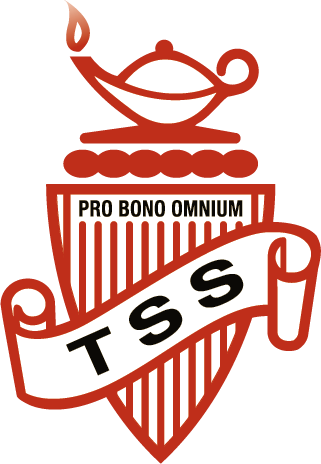Summarizing Articles
GUIDELINES FOR SUMMARIZING INFORMATION
Tips from Ms. Bombino
Summarizing information is not as easy as it looks. Many people fall into the trap of taking bits and pieces of information directly from the original source and recopying the information into their own work. The same thing happens, more often than not, when using Internet resources. It's just too easy to cut and paste.
But by cutting and pasting you are plagiarizing. To avoid copying someone else’s work, here are some tips.
- READ and RE-READ the information, several times, to understand the general content.
- Now put the text aside, or turn off the computer monitor, and try to write down as many facts as you can remember - WITHOUT looking at the original source. Your notes should be in point form.
Ask yourself: What are the key points? What are the most important details? Answer the basic questions - Who? What? When? Where? Why? How? - RE-READ for the final time. This time, check spelling of people's names or places, and write down exact numbers or figures for statistics.
Also, if your notes are too similar to the words found in the original article, rephrase the information in a different way. The key is to present the information in your own words. - Once you feel you have listed all the important facts, write a draft copy that summarizes the details. The summary of a magazine article is usually one or two paragraphs in length.
- Read your work for spelling errors and sentence construction.
Have someone else read your work and give you feedback. - Finally, write your good copy.
_________________________________________________________________
Mini Checklist used when Summarizing Articles from Magazines & Periodicals
- Give your summary a title. Always cite the original source in your title. Example: Magazine Article Summary: “The Big Bang Theory” by J. Smith
- Include the title of the article in your opening sentence to give the reader a point of reference. But make sure it is an interesting opener. Try to avoid opening sentences such as: "I read the article called ....", or "In the article ......."
- Is the summary complete? There should be enough information to give the reader an understanding of the topic being discussed.
- Is the information clearly presented? [i.e. The sentences should be complete sentences and the information should be easy to understand.]
- Is the information presented in your own words? If you have used a direct quote (i.e. the exact wording as used by the author in the original article) use the correct footnoting procedure as outlined in your student agenda book.)
- Conclude your summary with a good closing sentence that re-caps the general theme of the article.

